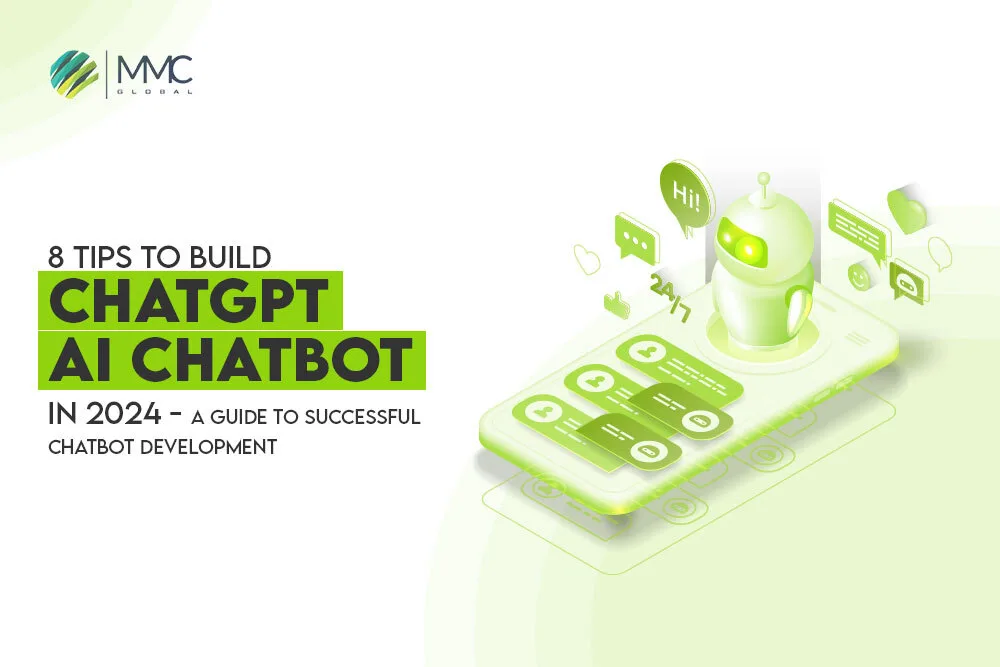The battle between AI text writing and AI classifier began. People show affection towards AI writing tools, i.e., ChatGPT, but here comes the opponent that changes the whole game. AI classifier is an Artificial Intelligence and machine learning language model that can easily detect human-generated content and AI-generated content. As soon as OpenAI gives a user-friendly text-generated tool, it also builds an antidote for those who do not want to use it.
It Means NO CHEATING!
ChatGPT is no doubt a remarkable invention by OpenAI as it saves time and cost but what about learning and education? Many students are getting dependent on AI Writing tools like ChatGPT for making assignments, clearing exams, or curating any content that can harm their learning skills.
Institutions and teachers are not happy with their development and need to take action over it. Along with teachers, businesses are also going to face this problem when it comes to uniqueness and personalization in website content, blogs, press release, etc.
AI classifier is one of the tools that can distinguish machine and human-generated content to some extent. The unnecessary use of AI writing tools may enhance the quantity but lose the human touch’s quality. We continuously hear that Artificial Intelligence will eliminate humans, but it is impossible to do so. Artificial Intelligence can not beat humans in delivering personalization and effectiveness, especially in business.

AI can integrate with software that can detect the AI-generated tool. If you are looking for an AI development company that can help you build an app or software, then you are at the right place. At MMCGBL, we are a giant Artificial Intelligence development software provider that can help generate AI and ML-based tools for business. Not only text-generating and detecting tools, but we also have to build AI-based gaming and business tools that can simplify organizational operations.
How AI Classifiers Work
Artificial Intelligence (AI) classifiers are essential for automating tasks such as image recognition, natural language processing, and data analysis. This blog will discuss how AI classifiers work and their various types.
An AI classifier is a computer program that learns to identify patterns in data and make predictions about new data based on those patterns. The training process involves feeding the program a large set of labeled data called the training set. Moreover, the labeled data consists of input data and their corresponding output labels. The program also uses this data to learn patterns and relationships between the input data and output labels. Once the program has learned these patterns, it can use them to make predictions about new, unlabeled data.
Read More: 3 Ways Companies Can Start Implementing AI
There are many types of AI classifiers, each designed for specific data and applications. Some of the most common types are:
Decision Trees
Decision tree classifiers use a tree-like model of decisions and their possible consequences to create predictions about new data. The tree is built on the basis of patterns in the training data. Further, the decision nodes represent the different features to make predictions.
Neural Networks
Neural network classifiers are based on the structure of the human brain. They consist of interconnected layers of artificial neurons that process information and learn from data. The neural network uses a variety of algorithms, such as backpropagation, to improve its accuracy.
Support Vector Machines (SVMs)
SVM classifiers use a hyperplane to separate data into different classes. The hyperplane is created by finding the boundary that maximizes the margin between the two classes.
Naive Bayes
Naive Bayes classifiers are based on Bayes’ theorem. It states that the probability of an event occurring is based on prior knowledge of related events. AI Naive Bayes classifiers assume that the features of the data are independent of each other and use probabilities to predict the most likely class.
Conclusion
Once an AI classifier has been trained on the training data, it help to make predictions on new data. The accuracy of the classifier depends on the quality and quantity of the training data and the algorithm used for training.
AI classifiers are an important tool for automating tasks that involve pattern recognition and prediction. They are trained on labeled data and use a variety of algorithms to learn patterns and relationships between the data and output labels. There are many different types of classifiers, each designed for specific types of data and applications. The accuracy of the classifier depends on the quality of the training data and the algorithm used for training.



